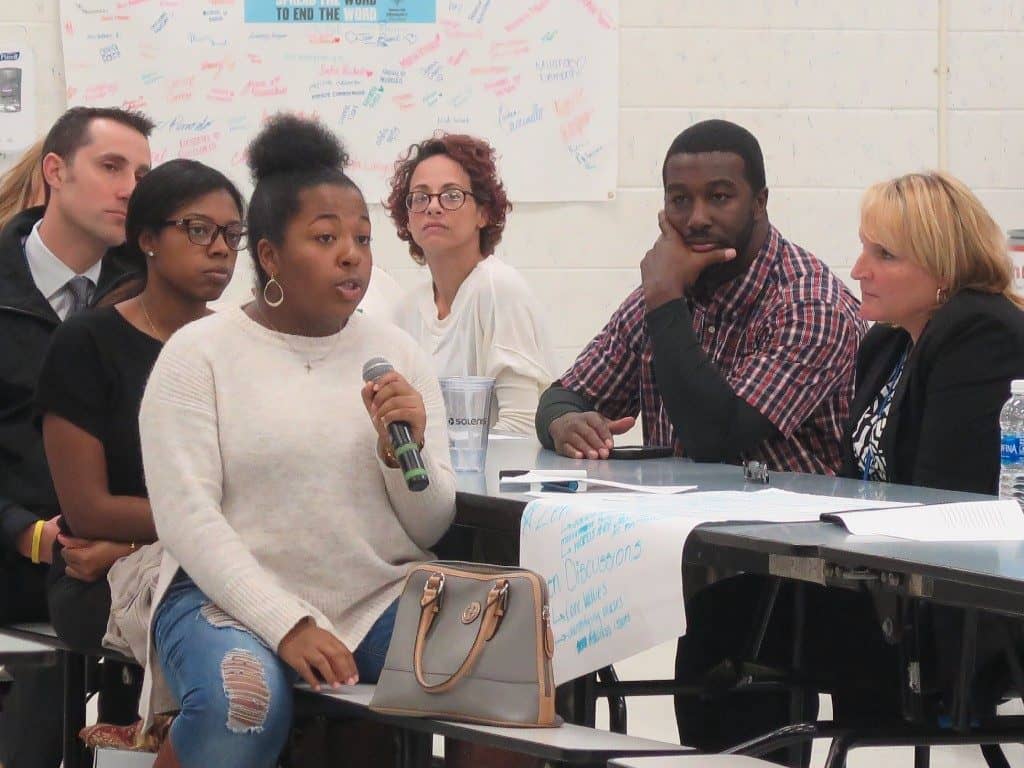
The committee brainstormed proposals for improvements to address inclusion and cultural sensitivity

The Washington Township Public School District has convened a committee of administrators, staff, students, parents and community members to continue an important discussion on the need for inclusion, equity, tolerance and cultural sensitivity in the district’s 11 schools. To that end, the newly formed “Coalition of Equity” came together on Nov. 2, to learn of initiatives, programming and changes that Superintendent of Schools Joe Bollendorf and his administrative team, with the support of the Board of Education, hope to implement in the coming weeks and months.
The coalition was formed to address recent racial tensions that arose at Washington Township High School in October. Bollendorf charged the group with the goal of shaping the Washington Township Public Schools into learning communities in which all people — regardless of race, gender, sexual orientation, class, ability, language, or religion — have equitable opportunities to achieve to their fullest potential and to be safe, valued, affirmed, and empowered.
“The recent incidents at our high school have prompted this dialogue with our community,” Bollendorf said to the group of approximately 75 people in attendance. “Solutions and strategies to address a problem of this magnitude have to be communal. I am grateful that so many of you think that inclusivity and cultural sensitivity is important enough to add your voice to this critical discussion so that we can make our schools and community a place that we can all be proud of. I have learned through my career in education that unless you can make connections with your kids, their ability to learn is compromised. We need to emphasize the need for these connections with all of our students.”

In addition to professional development that already is ongoing, the district is currently researching area equity resources to determine which will best serve our population, including: the Anti-Defamation League; the Gloucester County NAACP; and the No Place for Hate Anti-Bias Program, as well as county and state-based programs. The district also is reviewing student-based, peer-to-peer programming models and equity/inclusion training for all staff.
Following a formal presentation, the group was subdivided into eight smaller groups where they brainstormed ideas related to four questions:
• What should equity and inclusion look like in our schools?
• How could classroom practices better reflect equity?
• Of the resources shared with the group this evening, were there any that stood out and why?
• What resources might you be aware of that can be shared to help improve our efforts?
“The evening produced a lot of candid discussions and caused us to take a close look at ourselves as educators and where we are falling short with our minority students and their families,” Bollendorf said. “We are indebted to our coalition members who are committed to the cause and are willing to roll up their sleeves from the grassroots level and help us address these concerns in the most effective and far-reaching ways as possible. It was a passionate and productive meeting. We will be continuing these conversations in the coming weeks and encouraging even more people to join us.”









